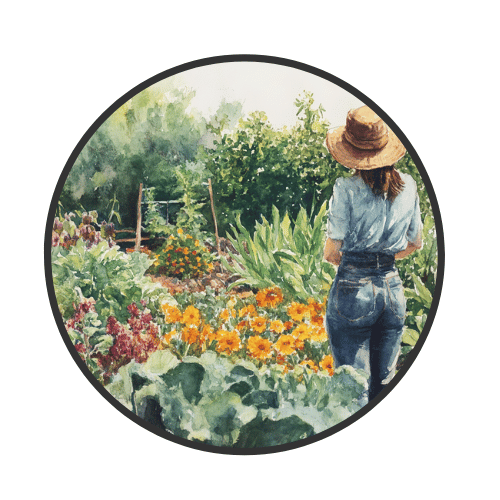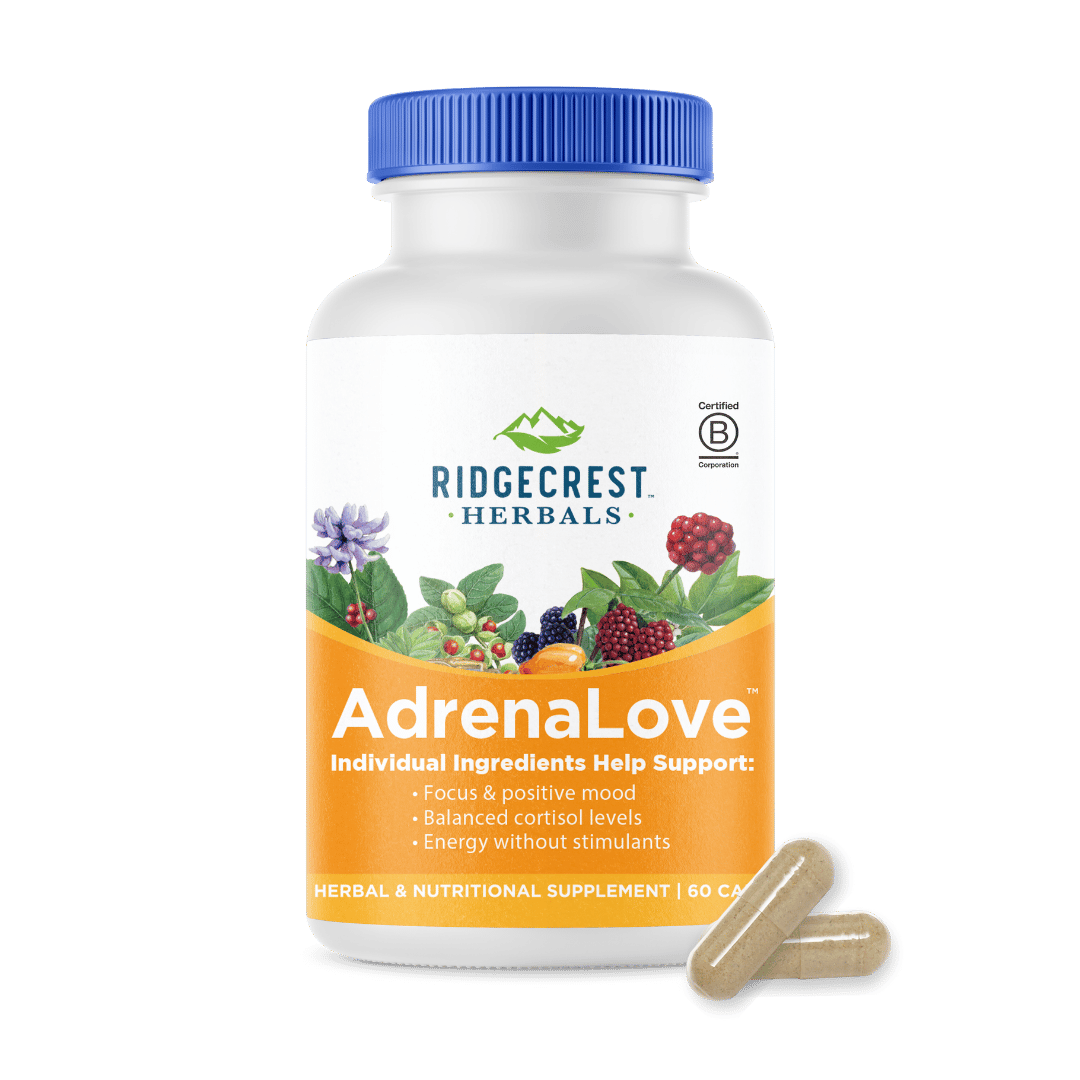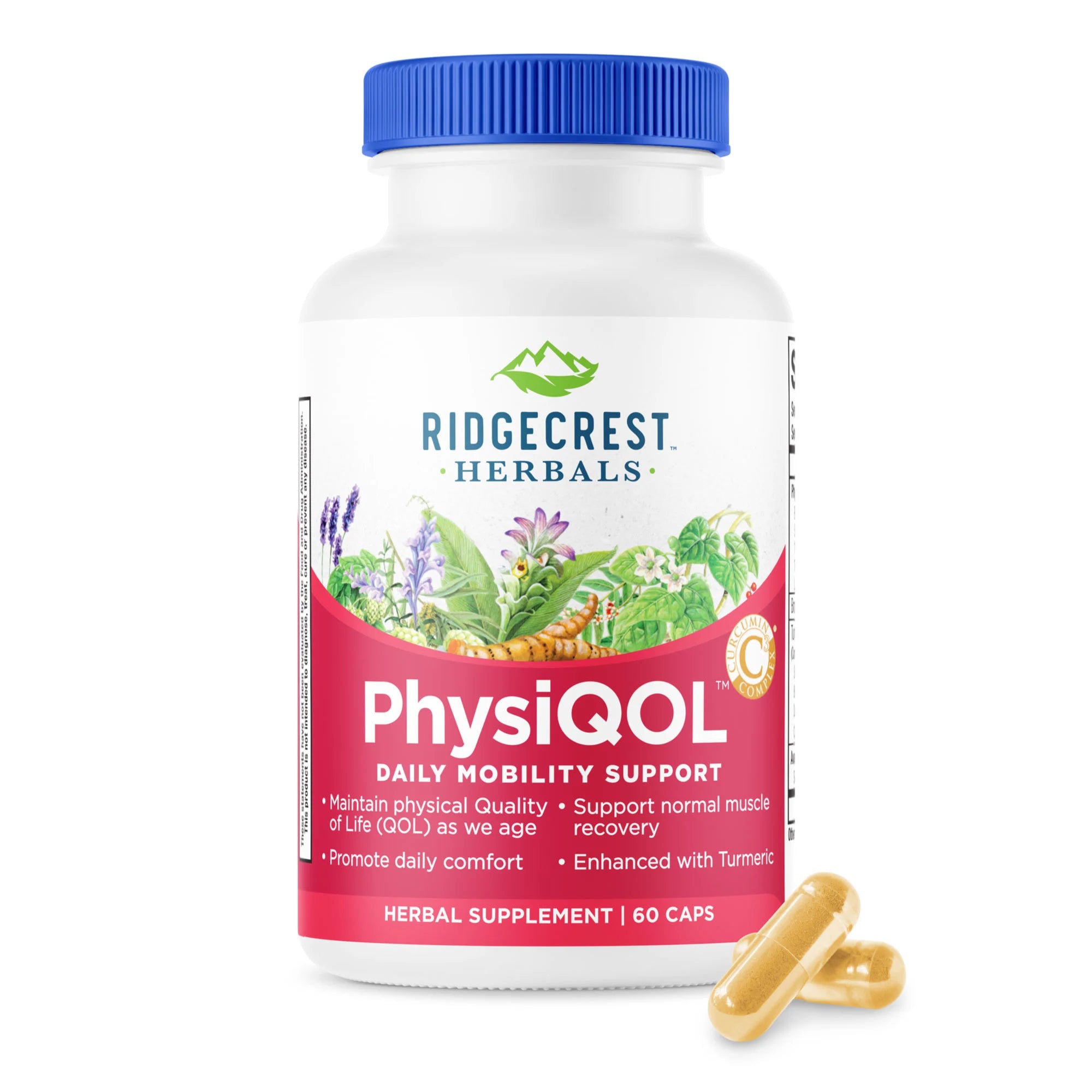Gardening success starts with understanding the core needs of your plants—nutrients, water, and pest control. Whether you're growing vegetables, fruits, or flowers, each element plays a vital role in cultivating a healthy, productive garden. In this guide, we’ll dive into three essential aspects of gardening: providing the right nutrients for your soil, keeping pests at bay with organic methods, and mastering efficient watering techniques. By focusing on these foundational principles, you’ll be well-equipped to create a thriving, sustainable garden that flourishes all season long.
Will: Plant Nutrients
Some plants need more supplemental nutrients than others. If you have a plant that is a produces something for you, it's nutritional needs will be higher than your average flower or shrub. What are the most important nutrients your soil needs?
Nitrogen- Animal manure is a great source. Start light and distribute frequently. Warning: some manure can come with weed seeds as hitchhikers.
Phosphorus - Fishbone or bone meal is a great way to get your phosphorus. Along with supporting a good microbalance in the soil, this helps blooms, stem formation, and the production of high-quality fruit and vegetables.
Potassium- Good sources are hardwood ash and kelp meal. This is essential for plant immune system health. It also plays a role in color and the number of blooms.
In addition to these sources, adding compost to your soil is beneficial. It brings bacteria, fungus, PH, and more to your plant on a microbiological level. It is the cornerstone to your fertilizing plan.
You can purchase testing kits to test nutrient levels in your soil to guide you to the best mix for your plot of land. You can also bring in an oldtimer from your area that has been dealing with the same soil and knows what it needs from experience.
Shae: Pest Deterrents
My organic garden gets better every year! Pests can be a big problem, I am learning to control them using healthy soils, companion plants, and attracting predators. It requires some patience, but once you have it down, you are golden!
It’s important to know what bugs are good and what are bad:
Some bugs that are beneficial are ladybugs, praying mantis, spiders, wasps, predatory nematode, spider mite predator, whitefly parasite, whitefly predator, trip predator mite, and pirate bug.
Some bugs that are harmful are aphids, spider mites whitefly, mealybug, thrip, mealybug, caterpillars, leaf miners, fungus gnats, hornworms, and snails/slugs.
What can you do?
- Attract good bugs to eat pests using flowers and plants. Wasps eat cabbage moths and caterpillars. Hoverflies, lacewings, and ladybugs are all attracted to many flowers.
- Handpick larger pests like squash bugs, slugs, and snails. Ducks and chickens also work great for the big pests.
- Purchase good bugs to add them to the garden like ladybugs and praying mantis.
- Use hoop tunnels or insect netting to cover plants during peak infestations.
- Certain plants help deter, such as basil, lemon balm, fennel, dill, lavender, thyme, petunia, marigold, nasturtium, alliums, & chrysanthemums.
- Organic and safe things to defeat are iron phosphate for snails/slugs to stop them from eating, and copper strips give slugs/snails a shock keeping them out.
- Homemade insecticidal soaps using water, vegetable oil and liquid soap in a spray bottle works well.
- Kitchen remedies such as cinnamon, garlic, orange peels, banana peels, milk, apple cider vinegar, hot peppers, ginger, baking soda, beer, castile soap, eggshells, soy sauce, and vegetable oil all have their own benefit in the garden.
Get to know your pests, predators, plants, and items you can use to keep your garden thriving, organic, and pest free!
Nichole - Watering
Water selectively: If you have the time and money you can also invest in a drip system, which helps to focus more on the root zone of the plants as well as conserve water. Nowadays, there are Bluetooth timing systems that read the weather, time, and water accordingly. To test to see if your plant needs water you can simply poke your finger into the soil. If it’s cool and damp, you don’t need to water.
Water in the morning: This gives your plants time to absorb moisture before it evaporates from the heat of the day. This also minimizes the risk of fungal diseases and slugs.
Focus on the root zone: The roots of the plant need the water, not the leaves. Watering just at the roots helps to minimize disease. A great example of over-watering is with squash: you’ll see a white fungal film form on the plant if you are watering too much. Squashes are “panting” plants that look like they need water because their leaves get droopy during the day. They are just letting the water evaporate off to cool and remove excess moisture.
Water deeply and thoroughly: Roots of most plants can go as deep as 12”. Make sure you water for enough time. This will help your plants develop a deeper root system, but also encourage a less frequent need for watering.
For potted plants: You’ll need to water these more frequently, especially if you’ve used a clay or terra cotta pot, because they are highly porous. The same goes for pots made of metal. Use a pot that is glazed or plastic to prevent quick water loss. You can always hide these pots in more decorative ones for aesthetic value. Keep in mind that plants in pots have more area for evaporation, which is why they dry so quickly.
Add organic matter: Use materials like compost or mulch to help retain water. This slows evaporation. A top layer 1-2” thick will help keep your plants water savvy. Note that when you go to plant, mixing compost or mulch into your soil will help to retain water as well as provide nutrients.
Get rid of weeds: These are tough competition for soil moisture so it’s important to keep on top of them.
Know your plants: Some plants need more water more frequently. Some need very little water to survive, like cacti. Water your plants according to their needs.
Build your beds to retain water: Before planting, add logs and other organic debris under the bed. Items like logs, leaves, sticks, pine needles, etc. hold moisture, but also provide nutrients as they break down.







Leave a comment
All comments are moderated before being published.
This site is protected by hCaptcha and the hCaptcha Privacy Policy and Terms of Service apply.